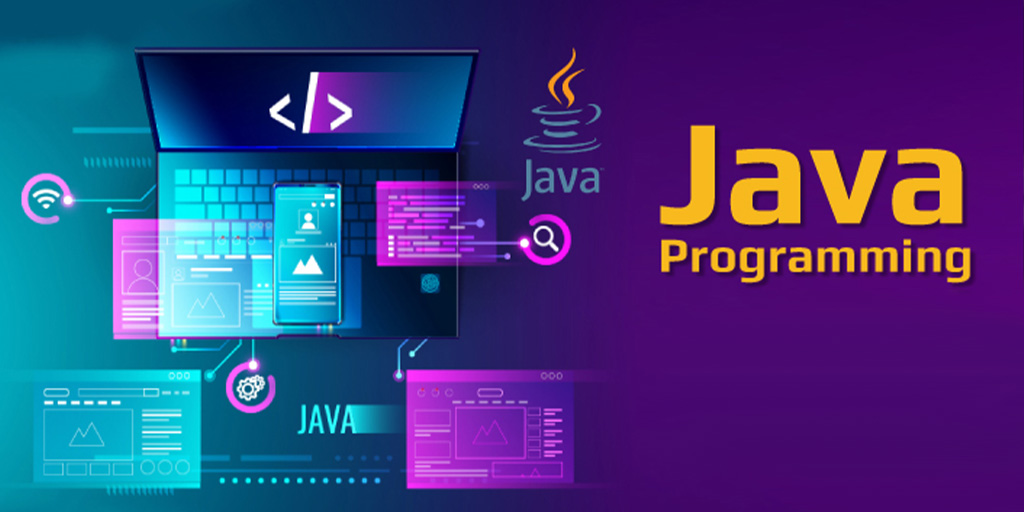Java is among the most popular programming languages out there, mainly because of how versatile and compatible it is. Java can be used for a large number of things, including software development, mobile applications, and large systems development. As of 2019, 88% market share of all smartphones run on Android, the mobile operating system written in Java. Knowing Java opens a great deal of doors for you as a developer.
In this course, you'll learn the basics of building Java apps with the Java programming language. Through hands-on exercises and projects, you'll gain a solid understanding of core Java concepts and syntax. You'll develop a collection of practical applications, allowing you to apply your knowledge in real-world scenarios. This comprehensive course will equip you with the necessary skills and knowledge to pursue the Associate Java Developer certification exam, setting you on the path to becoming a proficient Java developer.
- Can be used for a wide range of applications development
- Most in-demand programming languages in the job market
- Has a massive and active community of developers worldwide
- Saving development time and effort.
- Enables cross-platform development
- 1: Introduction to Java
- Overview of Java programming language
- Installing Java Development Kit (JDK) and Integrated Development Environment (IDE)
- Writing and running a basic Java program
- Understanding Java's platform independence
- 2: Variables and Data Types
- Declaring and initializing variables
- Primitive data types (int, double, char, boolean, etc.)
- Non-primitive data types (Strings, arrays, etc.)
- Type casting and conversion
- 3: Operators and Expressions
- Arithmetic, assignment, comparison, and logical operators
- Operator precedence and associativity
- Using parentheses to control evaluation order
- String concatenation and comparison
- 4: Control Flow Statements
- Conditional statements (if, else-if, else)
- Switch statements
- Loops (while, do-while, for)
- Break and continue statements
- 5: Arrays
- Declaring and initializing arrays
- Accessing array elements
- Iterating through arrays
- Multidimensional arrays
- 6: Object-Oriented Programming Concepts
- Classes and objects
- Constructors and instantiation
- Encapsulation, getters, and setters
- Inheritance and subclasses
- 7: Methods and Parameters
- Creating and calling methods
- Method overloading
- Pass-by-value vs. pass-by-reference
- Returning values from methods
- 8: Packages and Imports
- Organizing code into packages
- Importing classes from other packages
- Understanding the Java Standard Library
- 9: Exception Handling
- Understanding exceptions and their types
- Using try-catch blocks
- Throwing custom exceptions
- Handling exceptions gracefully
- 10: File Handling
- Reading from and writing to files
- Using streams for file I/O
- Handling file-related exceptions
- 11: Java Collections Framework
- Lists, Sets, and Maps
- Iterating through collections
- Sorting and searching collections
- Understanding the differences between collection types
- 12: Introduction to Threads
- Understanding multithreading
- Creating and running threads
- Thread synchronization
- Thread communication and coordination
- 13: Introduction to Java GUI
- Overview of Swing and JavaFX
- Creating basic GUI components
- Event handling in GUI applications
- 14: Introduction to Java Database Connectivity (JDBC)
- Connecting to databases
- Executing queries
- Retrieving and updating data
- Handling database-related exceptions
- 15: Review and Live Project
- Review of course topics and concepts
- Working on a Java Live project to reinforce learning
- Presenting and discussing project outcomes


